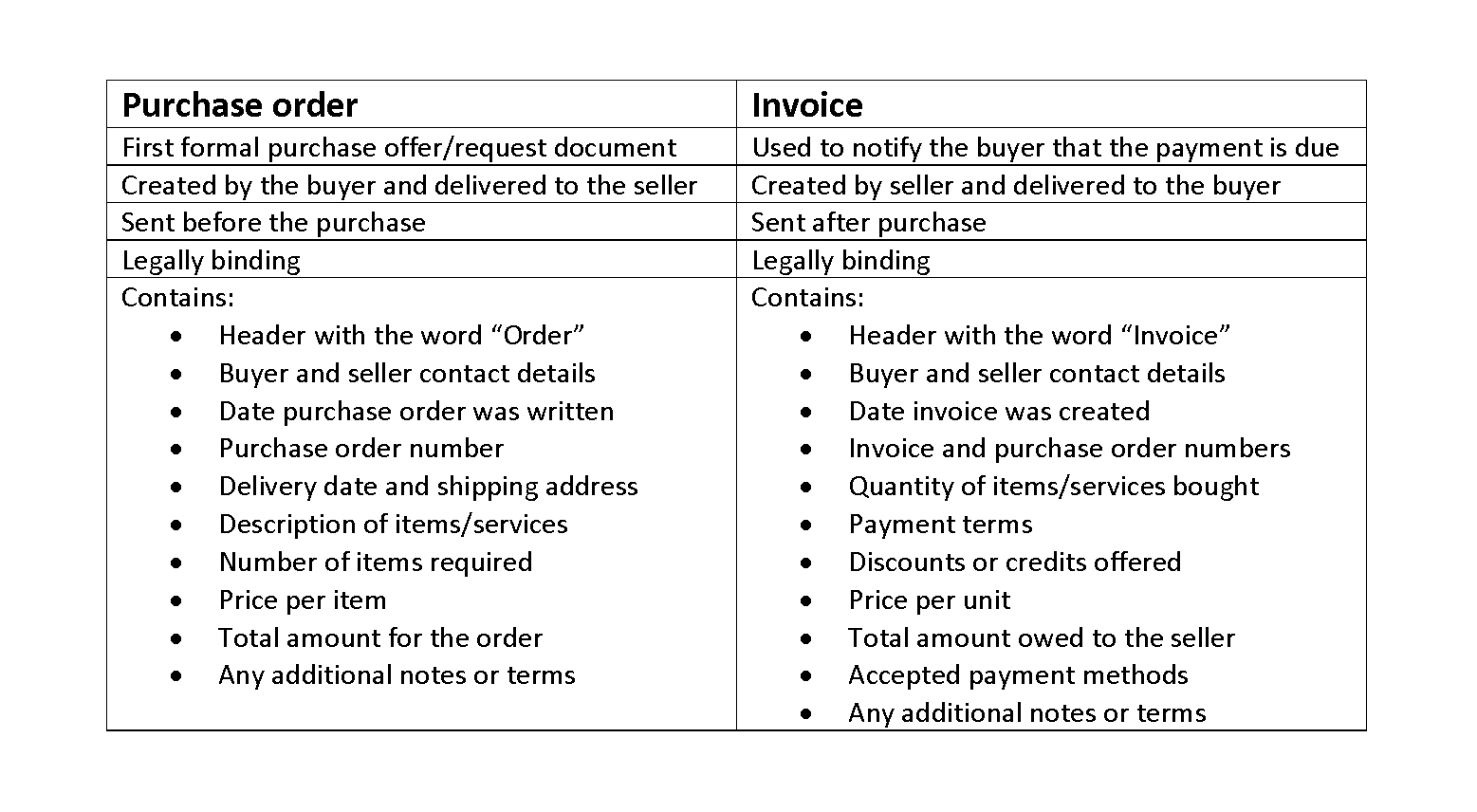Content

The ending WIP, on the other hand, comprises the remaining manufacturing costs after deducting the value of goods finished within the period. Determining how much direct labor was used in dollars is usually straightforward for most companies. With time logs and timesheets, companies just take the number of hours worked multiplied by the hourly rate. For information on calculating manufacturing overhead, refer to the Job order costing guide.
Cost of Goods Manufactured (COGM) is a term used in managerial accounting that refers to a schedule or statement that shows the total production costs for a company during a specific period of time. Just like the name implies, COGM is the total cost incurred to manufacture products and transfer them into finished goods inventory for retail sale. For a business to calculate the actual amount of direct materials that were used for production, it is essential to take into account the T-Account for the raw materials inventory.
Conclusion – cost of goods manufactured vs cost of goods sold:
Thus, the total cost of goods manufactured for the period would be $265,000 ($100,000 + $50,000 + $125,000 + $65,000 – $75,000). This means that Steelcase was able to finish $265,000 worth of furniture during the period and move this merchandise from the work in process account to the finished goods account by the end of the period. For instance, companies with high overheads might have a minimum level of sales required to stay in business, while those focusing on direct costs won’t depend on such performance requirements.
This helps management in evaluating the efficiency of the production process and also in determining the price point setting for each of its products based on its profit margins. The accurate calculation of both cost of goods manufactured and cost of goods sold however is dependent on the valuation of inventory. It is thus essential to ensure that inventory valuations are neither overinflated nor underinflated to ensure accurate determination of these costs. Cost of goods sold (COGS) is the sum total of manufacturing costs incurred to produce those finished goods that have been sold by the entity during the specific accounting year. Similar to cost of goods manufactured, cost of goods sold also considers only production related costs.
Additional Questions & Answers
These costs assume importance in determining gross profitability of an entity. XYZ Company estimates that for the current year, it will work 75,000 machine hours and incur $450,000 in manufacturing overhead costs. COGS typically includes the cost of all the direct cogm materials and external labor directly used to create the product that was sold. The cost of goods manufactured is an important KPI to track for a number of reasons. Another closely related KPI crucial in manufacturing accounting is the cost of goods sold or COGS.

Let us look at an example of the COGM calculation for a furniture manufacturer. The company has $5,000 worth of furniture in the making at the start of the fiscal quarter. David Bickerton is a member of WSO Editorial Board which helps ensure the accuracy of content across top articles on Wall Street Oasis. Previously a Portfolio Manager for MDH Investment Management, David has been with the firm for nearly a decade… This content was originally created by member WallStreetOasis.com and has evolved with the help of our mentors. For that month, COGM could be substantial, whereas COGS is zero because no sales were generated.